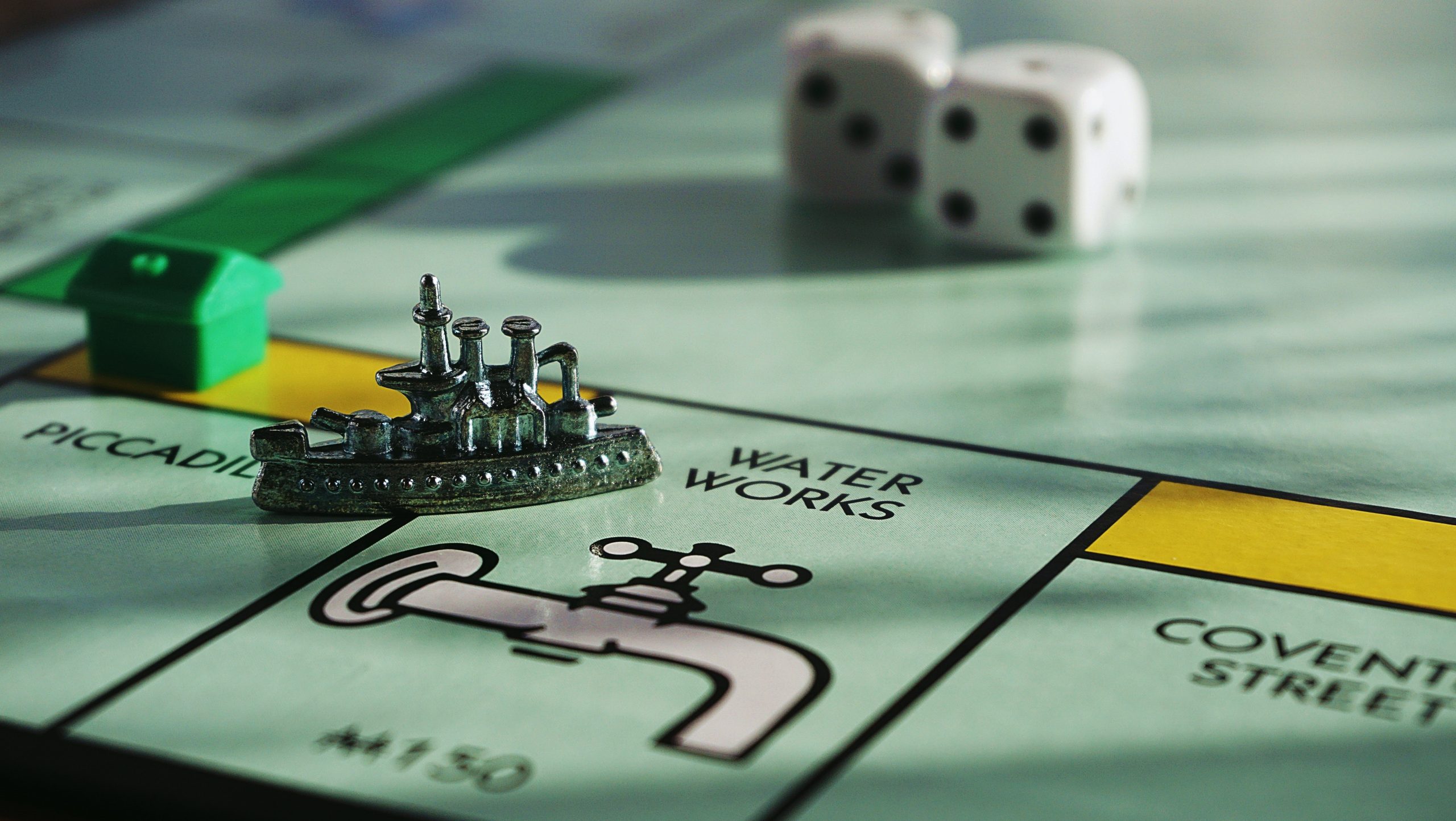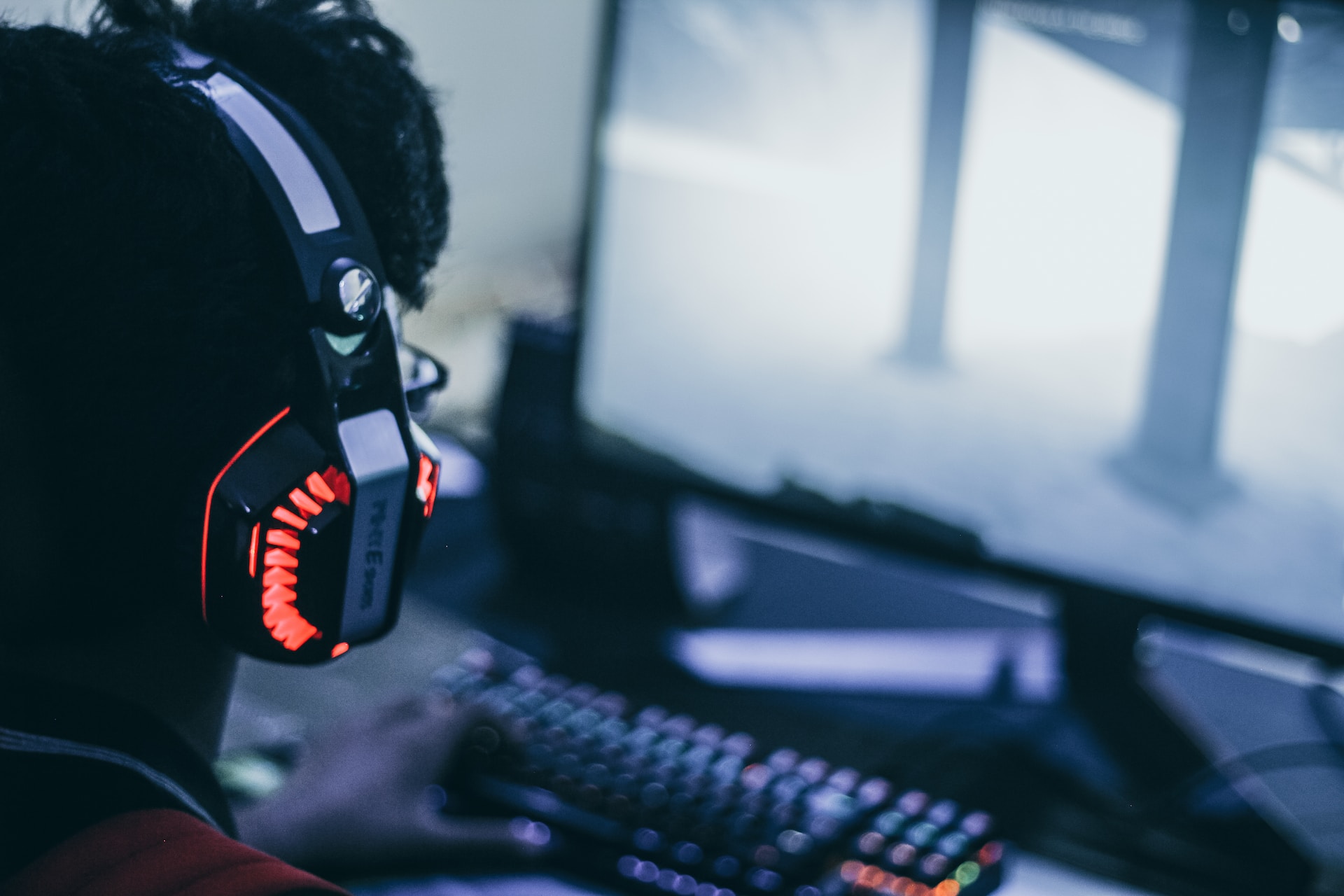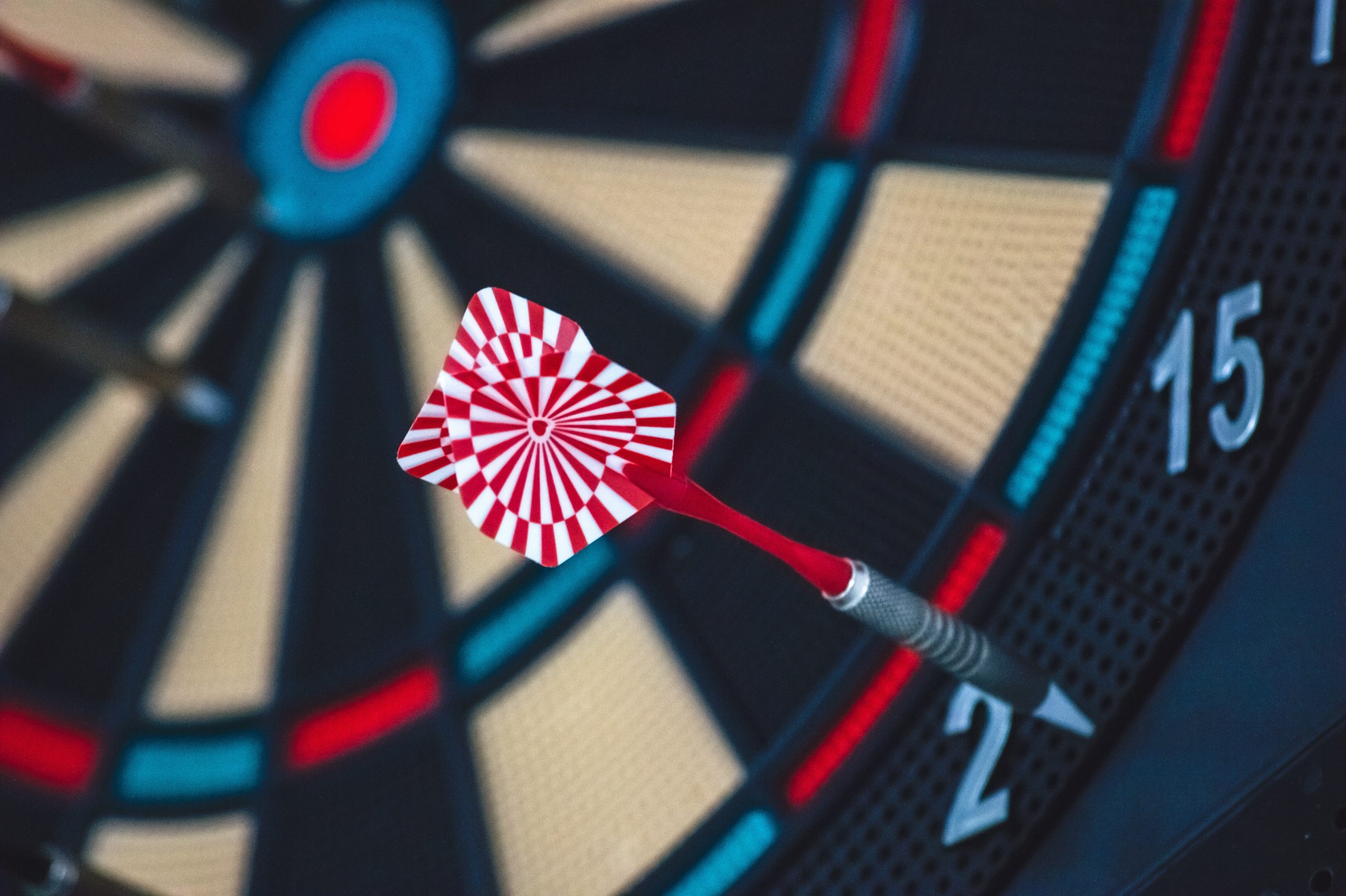In an age of digital entertainment, board games have made a resurgence in popularity. The tactile experience and social interaction they provide have drawn in a new generation of gamers. But what goes into creating a great board game? It’s not just about the rules – the design plays a crucial role in the overall experience.
The first thing to consider in designing a board game is the theme. This can range from historical events to fantastical worlds. It’s important that the theme is engaging and immersive, drawing players into the game world. Once a theme has been chosen, the game’s mechanics can be built around it.
The mechanics of a board game are the rules and systems that govern play. These can range from simple dice rolling to complex resource management. It’s important that the mechanics are balanced and fair, providing players with a sense of agency and control over the game’s outcome. A good game should also offer players meaningful choices and interesting decisions to make.
Another key aspect of board game design is the components. These include the game board, pieces, cards, and any other physical elements. The components should be well-made and visually appealing, enhancing the game’s overall aesthetic. They should also be functional and durable, able to withstand multiple playthroughs.
One aspect of board game design that is often overlooked is accessibility. A good board game should be easy to learn, with clear rules and instructions. It should also be playable by a wide range of people, regardless of age or ability. This can be achieved through the use of symbols and simple language in the game’s design.
In recent years, there has been a push for more diverse representation in board game design. This includes not only representation of different cultures and identities, but also in the types of games being created. There is a growing interest in cooperative games, where players work together towards a common goal, as well as games with unique mechanics and themes.
One way to ensure the success of a board game is through playtesting. This involves testing the game with a group of players to identify any flaws or areas for improvement. Playtesting can be done at various stages of the design process, from early prototypes to final versions.
Board game design is both an art and a science. It requires creativity, attention to detail, and a willingness to iterate and improve. But when done well, it can result in a game that provides hours of entertainment and fosters meaningful social interaction. So whether you’re a seasoned designer or a newcomer to the world of board games, there’s never been a better time to get involved in this exciting and growing industry.










